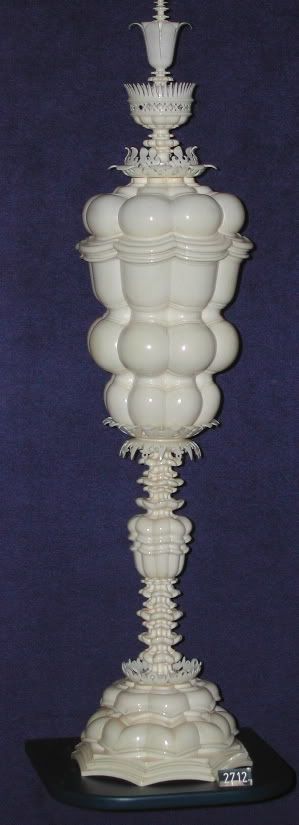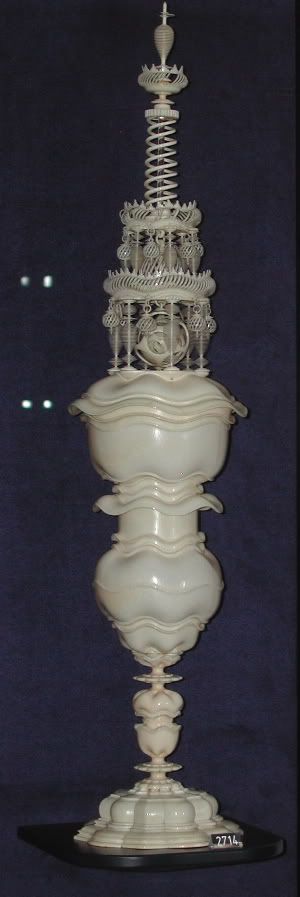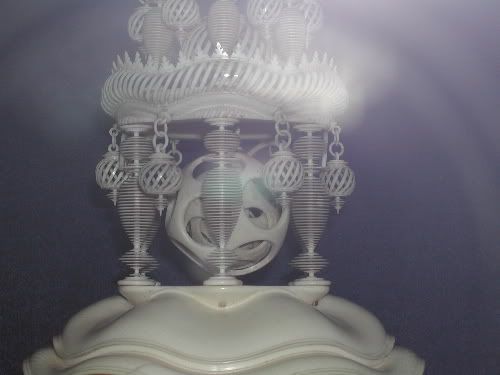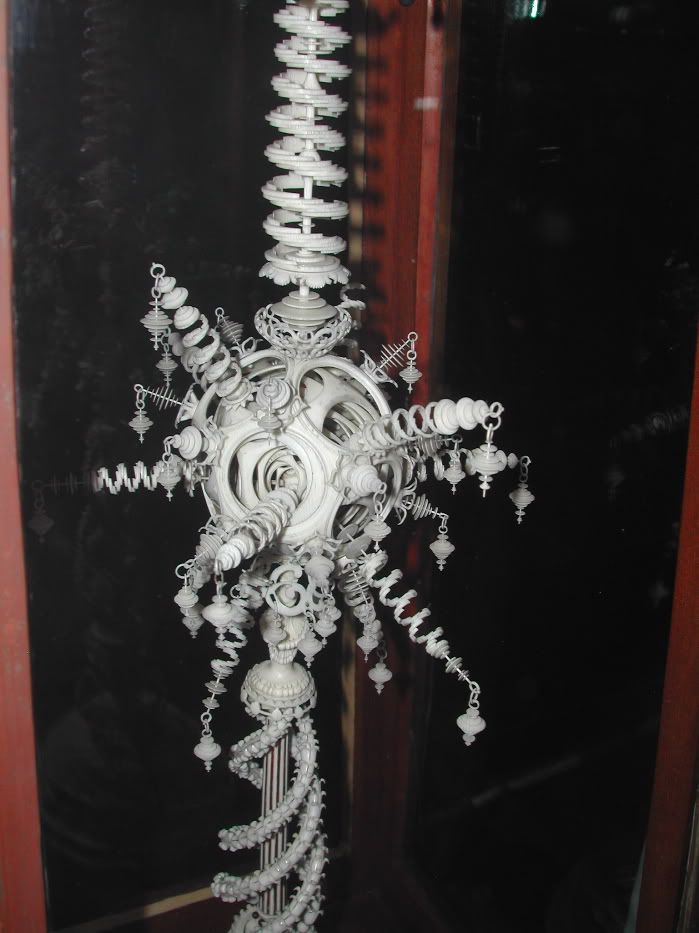This is from the Society of Ornamental Turners (UK) . . . . .
The greatest work on ornamental turning is "Turning and Mechanical Manipulation" by Charles & John Jacob Holtzapffel (5 vols. 1843 - 1897).
Volume 5, entitled "The Principles and Practice of Ornamental or Complex Turning" ( Reprint ISBN 0-486-26567-6) is considered to be the 'bible' of O.T. but there is much related information in the other volumes. (V1-V3 ISBN 1-85761-031-8 &ff; V4 ISBN 0-486-26567-9)
Other useful books include:-
J H Evans, "Ornamental Turning" 1886 (Reprint 1993 ISBN 1-879335-35-2)
J Lukin, "The Lathe & Its Uses" 1868 (Reprint ISBN 1-879335-49-2)
T D Walshaw "Ornamental Turning"1990 (Reprint 1994 ISBN 1-85486-108-5)
A comprehensive bibliography is contained in Abell,Leggat & Ogden "A Bibliography of the Art of Turning & Lathe & Machine Tool History"
Also of particular interest to ornamental turners are:-
Alabone E W. - Multi-Epicycloidal and other Geometric Curves n.d.
Amateur Mechanical Society, The Quarterly Journal of the, 1871-1887
American Machinist magazine
Ash, J - Double Counting on the Lathe, The Art of ,1857
Bazley, T S - Epicycloidal Cutting Frame, Notes on the, 1872
Bazley, T S - Geometric Chuck, Index to the,1875
Bergeron, P Hamelin - Manuel du Tourneur, 1792
Brown, E E & C - Polychromatic Assembly for Wood Turning, 1973
Campin, F - Hand-turning, Practice of, 1861
Chaplin C H - Ornamental Lathework for Amateurs, 1914
Danilevskii, V. V. - English translation of AK Nartov's Theatrum Machinarum, 1964
Diderot, D - Encyclopedie des Arts et des Metiers (Vol X. L'Art du Tourneur), 1772
Edwards, R - Micro-computer Art, 1985
Elphinstone, H W - Patterns for Turning,1872
Engineering magazine - 1886-1953
Engleheart, N B - Eccentric Turning, a Concise Treatise on, 1852
English Mechanic & World of Science magazine 1865-1956
Evans, J H - Ornamental Turning , 1886
Ferraglio, P L. - English translation of Plumier's L'Art de Tourner, 1975
Gilbert,K.R. - Early Machine Tools (Science Museum), 1975
Grace, G A - Art and Craft of Ornamental Turning,The, 1961
Grace, G A - Ornamental Turning Design, 1923
Ibbetson, J H - Eccentric Circular Turning, Specimens in, 1817
Ibbetson, J H - Geometric Chuck, A Brief Account of Ibbetson's, 1833
Knox, F M - Ornamental Turnery, 1986
Maurice, K - Sovereigns as Turners, 1985
Moxon, J - Mechanick Exercises, 1703
Northcott, W H - Lathes and Turning, A Treatise on ,1868
Ogden, W G - Pedigree of Holtzapffel Lathes, The 1986
Oliver-Gascoigne, M I - Handbook of Turning, The 1842
Robinson, H. C - Eccentric Spiral Turning, An introduction to, 1906
Savory, H S - Geometric turning, 1873
Teuber, J M - Vollstandiger Unterricht von der Germeinen und Hohern Dreh-Kunst, 1740









